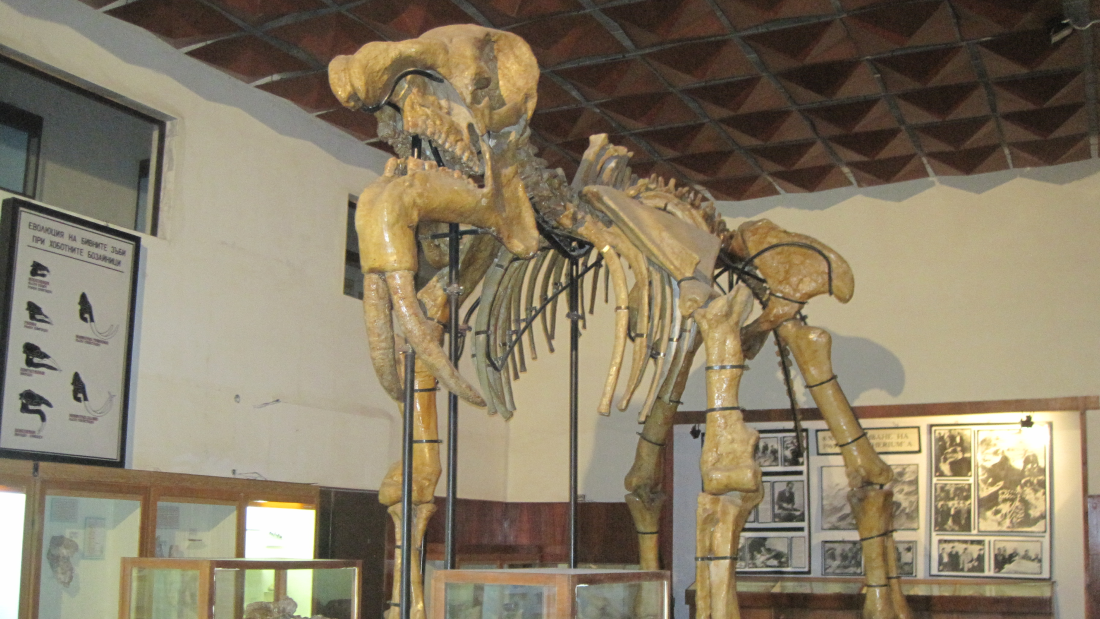Between 20 and 2 million years ago, a giant “terrible beast” roamed the Earth. Known to science as Deinotherium giganteum, it belonged to the same order as elephants living today – but it’s been suggested that its fossilized remains may have once been confused for the Cyclops, giving rise to the legend.
The word “cyclops” comes from the Greek for “round eye”, and it’s mentioned in numerous texts including the Odyssey. Rarely painted favorably, the enormous, one-eyed humanoids are often cannibalistic and highly dangerous, though occasionally thwarted by getting blinded in their one eye.
It’s a beast you can’t help but love, but one we’ve regrettably never found any evidence of. However, it’s possible that, at one time, the discovery of supposed “Cyclops remains” may have spurred on the legend.
The idea is mentioned in Adrienne Mayor’s The First Fossil Hunters: Paleontology in Greek and Roman Times (an author ancient warfare fans may recall from Greek Fire, Poison Arrows, And Scorpion Bombs). Compelling points include the association between fossil beds and the place of origin for some myths and legends, as well as the fact that they’re often depicted as emerging from the ground in a storm – something a big fossil just might do in rough conditions.
“The idea that mythology explains the natural world is an old idea,” said archaeologist Thomas Strasser, California State University, to National Geographic. “The ancient Greeks were farmers and would certainly come across fossil bones like this and try to explain them. With no concept of evolution, it makes sense that they would reconstruct them in their minds as giants, monsters, sphinxes, and so on.”
Crete is a focus of Strasser’s, and is a place known for its myths and legends, but also the discovery of Deinotherium giganteum fossils. An almost complete specimen was found here in 2014, and their curious skulls provide a possible explanation for ancient humans believing in giant, one-eyed beasts.

Deinotherium giganteum.
With downward-pointing tusks and a long lower jaw, it made for a peculiar-looking, elephant-like creature, and in its skeletonized form its large nasal opening may have been confused for a massive eye socket. It’s not such a leap when you consider how very wrong we have gotten the morphology of certain dinosaurs based on sparse fossil remains.
The legend of the cyclops was probably also encouraged by living animals throughout history. As Snopes explains, “rumors about strange creatures like cyclops or human-animal hybrids, can be traced back to one sad but common occurrence: an animal with a birth defect.”
If digging into the science behind myths, legends, and cryptozoology is your bag, why not dive into the Loch Ness Monster, Mokele-Mbembe, and why giant humans will never exist.
Source Link: Did A Giant “Terrible Beast” Fossil Inspire The Cyclops?